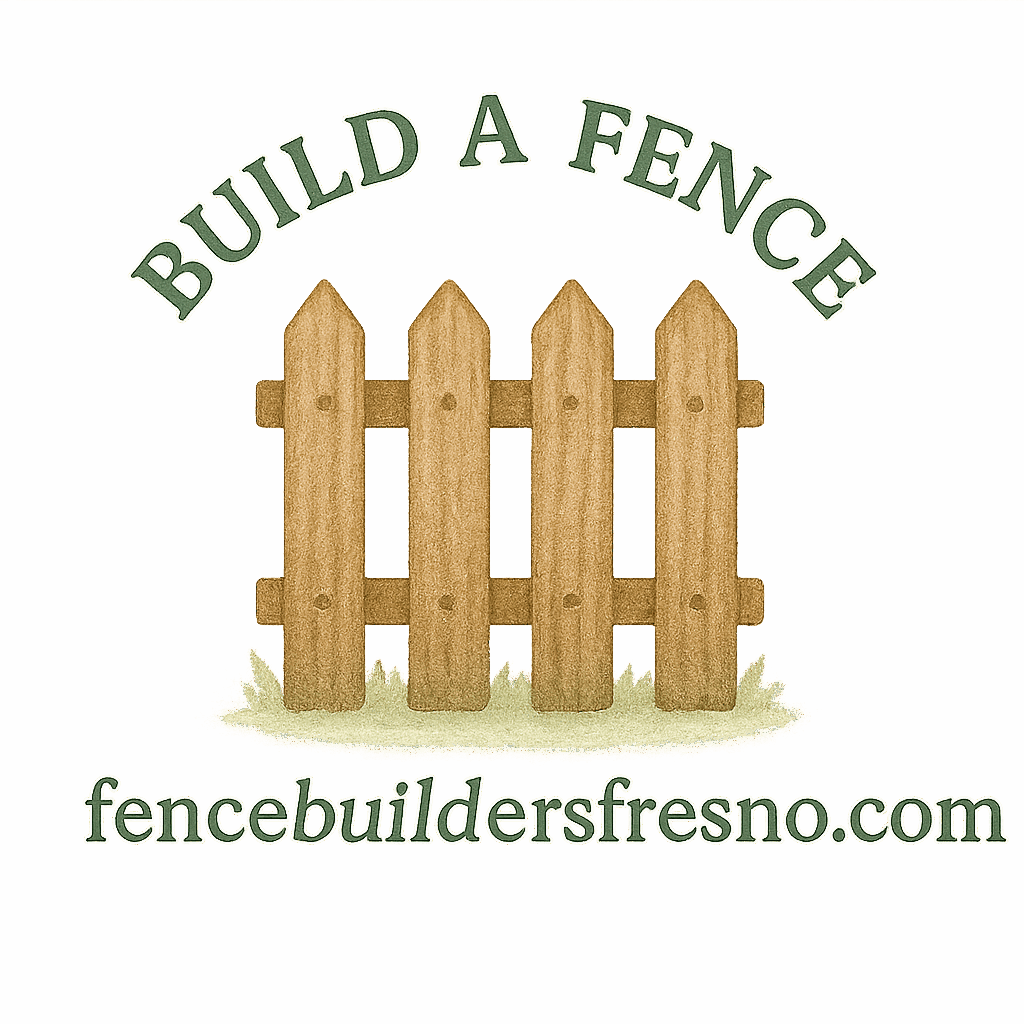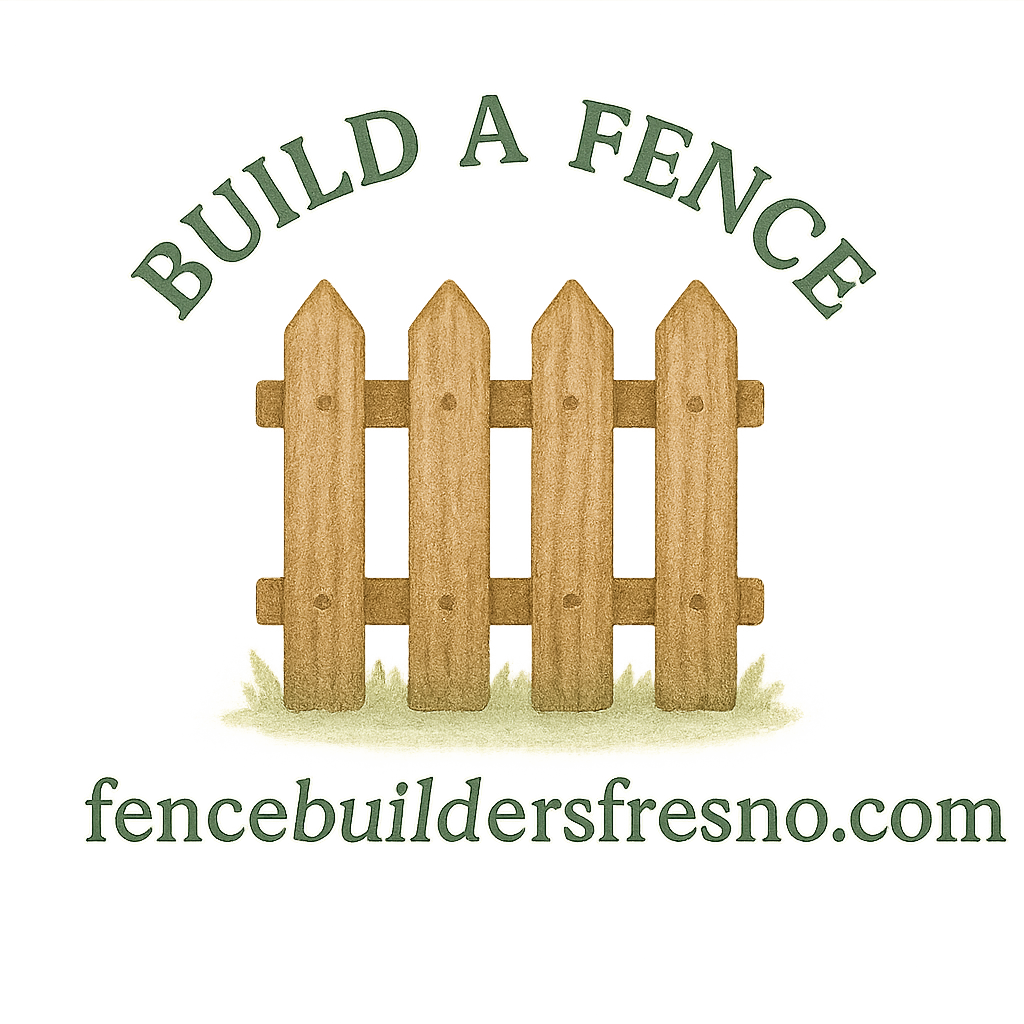Introduction: Why DIY Fencing Isn’t Always “Cheap”
So, you’re considering building your own fence. At first glance, DIY fencing feels like the ultimate budget hack. Why hire pros when you can swing a hammer, grab some lumber, and build it yourself? But here’s the truth—what looks like a low-cost project can quickly turn into a money pit.
In this guide, we’ll uncover the 7 hidden costs in DIY fencing planning you should know. From overlooked permit fees to legal headaches with neighbors, these sneaky expenses often make DIY fencing more expensive than professional installation.
If you’re serious about fencing, resources like Fence Building Basics and Fence Design & Planning can give you a strong foundation. But before you start digging, let’s break down the true costs of DIY fencing.
Understanding the Appeal of DIY Fencing
The Promise of Saving Money
DIY fences often seem cheaper upfront because you avoid labor fees. You buy the materials, do the work, and pocket the difference.
The Sense of Accomplishment
There’s pride in saying, “I built that fence myself.” Many homeowners love the challenge.

Customization and Control
With DIY, you’re in control of the design, materials, and final look. Want a decorative fence? Or a simple front yard fence? The choice is yours.
Still, even with these benefits, the hidden costs can bite hard.
Hidden Cost #1: Tools and Equipment You Didn’t Budget For
Power Tools and Specialty Gear
DIY fencing isn’t just about wood and nails. You’ll likely need a post hole digger, auger, nail gun, or circular saw. Buying or renting these racks up costs quickly.
Safety Equipment
Think gloves, goggles, dust masks, and protective clothing. Skipping these could cost you more in injuries than in gear.
Renting vs. Buying Equipment
Whether you rent or buy, tools for a fence installation don’t come cheap. And unless you’re planning multiple projects, you may never use them again.
Hidden Cost #2: Incorrect Measurements and Material Waste
Common Mistakes in Planning
Poor planning—like ignoring slopes, misjudging post spacing, or forgetting gate width—leads to wasted material.
How Material Waste Adds Up
Extra boards, panels, or deliveries cost real money. That’s why guides like Fence Guide are so valuable—they help you measure twice and cut once.
Hidden Cost #3: Property Line Disputes
Importance of Checking Property Lines
Building over your neighbor’s land by even a few inches can spark legal trouble.
Legal Fees and Surveying Costs
Hiring a surveyor or paying legal fees adds hundreds of dollars to your “cheap” project.
Fence Encroachment Risks
Disputes over property lines or fence encroachment can damage both your budget and neighborly relationships.
Hidden Cost #4: Permits and Local Regulations
City and County Requirements
Many areas require permits for fences over a set height. You’ll need to check with local offices or consult resources like Legal Property Considerations.
HOA Rules and Restrictions
If you’re in an HOA, they might dictate fence color, height, and even material. Ignoring these rules often leads to expensive modifications.
Fines and Penalties for Non-Compliance
Skipping permits or HOA approval can mean fines or even removal of your brand-new fence.
Hidden Cost #5: Time Investment and Delays
Underestimating Project Timeline
That “weekend project” may stretch into weeks once digging, leveling, and aligning posts kick in.
Opportunity Costs
Time spent fencing is time lost elsewhere—family time, side work, or relaxation.
Sometimes hiring professional fence builders makes more financial sense because they finish faster with fewer errors.
Hidden Cost #6: Maintenance and Repairs
Short Lifespan of DIY Installations
Without professional-grade materials or techniques, DIY fences often age faster.
Unexpected Repair Costs
You’ll face repairs—warped boards, sagging gates, or loose posts.
Comparing Long-Term Upkeep Between Fence Types
- Wood fences: Beautiful but high-maintenance. See Wood Fence Care.
- Vinyl fences: More low-maintenance but prone to cracking. Learn more about Vinyl Fences.
- Chain-link or metal: Durable but less attractive.
Pro upkeep tips can be found in Fence Maintenance & Repair.
Hidden Cost #7: Reduced Property Value or Appeal
Poor Workmanship and Curb Appeal
A crooked, shaky fence doesn’t add charm—it hurts your curb appeal.
Home Resale Considerations
Instead of adding value, a poorly done fence might lower your resale price. A professionally installed home fencing system ensures your investment pays off.
Professional vs. DIY: Which Actually Saves More?
When Hiring Pros Makes Sense
Pros bring efficiency, expertise, and equipment. What takes you weeks may take them days—and their work often lasts longer.
DIY Situations That Work
DIY can work for smaller projects, like garden fences or temporary boundary fences. But for larger property fences? Pros are usually the smarter investment.
Tips to Minimize DIY Fencing Costs
Plan Ahead with Accurate Measurements
Use guides like Fence Design & Planning to avoid errors.
Research Materials and Fence Types
Check Fence Types Comparisons before buying. Each option has different costs and durability.
Budget for Permits, Tools, and Maintenance
Factor in permits, tool rentals, and upkeep tips. Don’t stop at material costs alone.
Conclusion: Weighing True DIY Fencing Costs
DIY fencing can feel rewarding, but the hidden costs tell another story. From pricey tools to potential legal disputes, a “cheap” fence often ends up more expensive than hiring professionals.
The smart move? Do your research, plan for the unexpected, and consider whether professional help might save you money (and headaches) in the long run.
FAQs
What’s the average cost difference between DIY and professional fencing?
DIY may save 20–40% upfront, but long-term repairs often eat away those savings.
How can I avoid property line disputes with my fence?
Consult a surveyor and review property rights before building.
Do all fences require permits?
Not always, but many cities do. Start with Legal Fencing resources to check your area.
What’s the most low-maintenance fence type for DIY projects?
Vinyl fences, featured in durable fencing, are popular for their low upkeep.
How do I know if DIY fencing will hurt my property value?
If it looks sloppy or violates legal property considerations, it can reduce resale value.
Can I mix DIY with professional help?
Yes. For example, you can dig holes yourself and hire pros for installation—a cost-effective hybrid approach.
What’s the best way to calculate a realistic DIY fencing budget?
Include materials, tools, permits, and at least 10% extra for surprises. See DIY Fence tips before starting.


